dslrchat
TPF Noob!
- Joined
- May 5, 2008
- Messages
- 274
- Reaction score
- 0
- Website
- forums.dslrchat.com
- Can others edit my Photos
- Photos OK to edit
I saw these (are they worth getting?)
Close-up set consists of +1 lens, +2 lens, +4 lens, +10 Macro lens.
High Quality Optical Glass
Brand New with nice soft pouch for carrying as you can see in the picture.
These close up lenses enable you to get much closer than the minimum focus of a standard camera lens - mere inches from the subject!
The Close-up Lens Set is for taking pictures of flowers, small collectibles, coins and stamps, insects, small creatures, or anything small that requires up-close detail. Each close up lens maintains resolution and picture clarity while magnifying image size. The set includes four lenses: +1, +2, +4 and +10 Macro. They can also be stacked to create +3, +5, +6, +7 and so on. Use the lenses individually or in any combination.


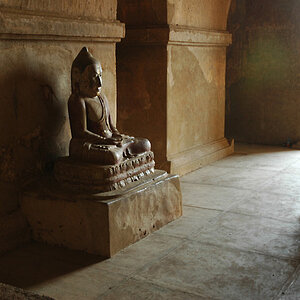
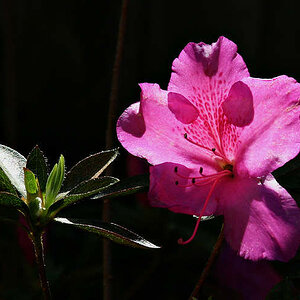
![[No title]](/data/xfmg/thumbnail/34/34065-43f99c081a04bd087c00711d2fe010ee.jpg?1619736261)
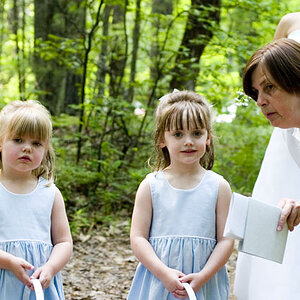
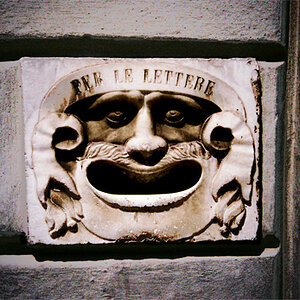
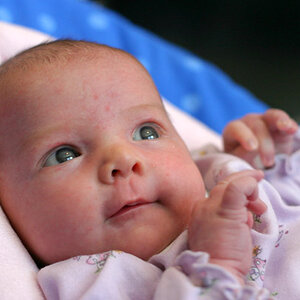
![[No title]](/data/xfmg/thumbnail/37/37170-3e18af574ed51cce5bdf99af9d3cab40.jpg?1619737908)
![[No title]](/data/xfmg/thumbnail/37/37103-871e5d39d6f585e3019a4e25eb2ee935.jpg?1619737882)
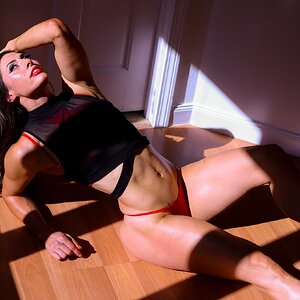
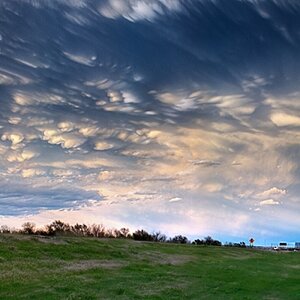
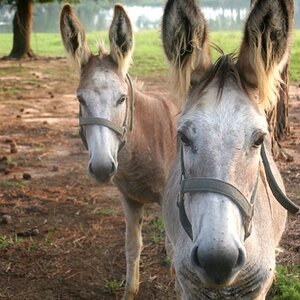
![[No title]](/data/xfmg/thumbnail/36/36667-b3265abf8272f21d759a0abd6a0995c3.jpg?1619737676)